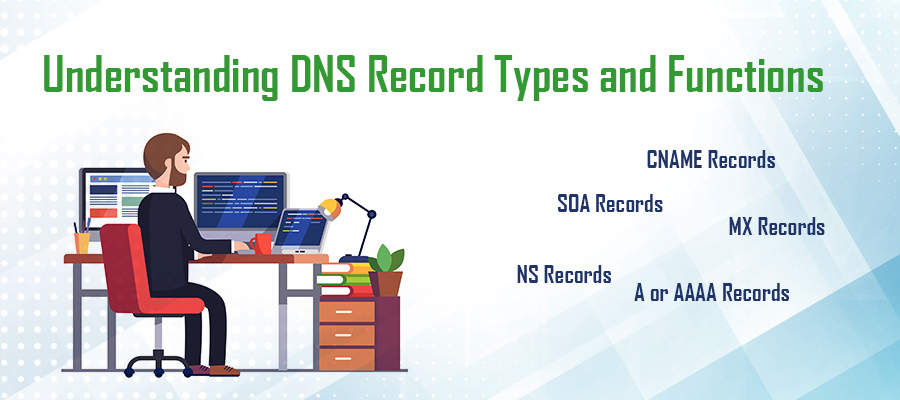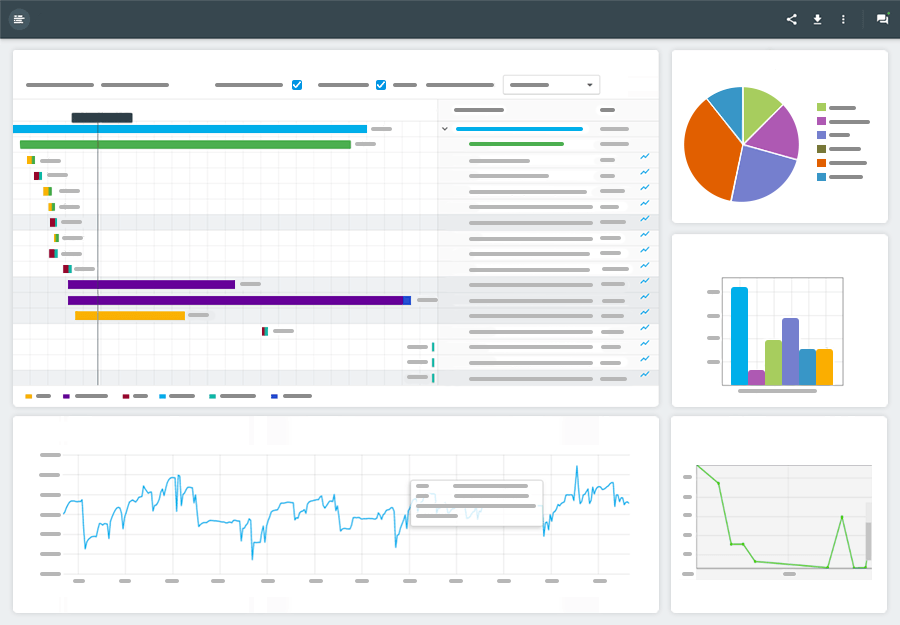 As you continue to explore more into the world of DNS protocols, it’s easy to feel even more confused. Rather than be a simple communication and connection system, this unique and multi-tiered infrastructure contains a variety of data files.
As you continue to explore more into the world of DNS protocols, it’s easy to feel even more confused. Rather than be a simple communication and connection system, this unique and multi-tiered infrastructure contains a variety of data files.
If you ever need to troubleshoot your DNS connection, or simply wish to understand more about this imperative pillar of the internet, then it’s essential to understand DNS record types. The following information is designed to help familiarize yourself with the most common DNS records. You can use this information when troubleshooting DNS errors, or investigating the full functionality and health of a DNS connection.
SOA Records
This record type, which stands for Start of Authority, is located within Zone Files. Unlike other records, the SOA is mandatory and is typically the first record found within the file. However, $TTL or $ORIGIN records may also be located at the very beginning of the Zone File.
SOA records are notoriously difficult to understand, even by experienced network administrators. Within this record are nine data values. Each line of data pertains to a different component of the DNS file, which includes the domain it’s assigned to and zone-specific characteristics, such as refresh intervals and retry intervals.
A or AAAA Records
Regardless of which record type found in your Zone File, this record is primarily used to create a map of an IP address host. The type of record you have depends on your IP address style. For example, IPv6 addresses use AAAA records, while IPv4 addresses use A records.
This record is used to help assist the SOA command of determining domain addresses based on IP addresses. While it may seem redundant, redundancy is key for continuity.
CNAME Records
Essentially, a CNAME is an alias for the canonical identification name created by your A or AAAA records to define your server. It’s important to understand that while CNAME has a purpose, using an alias for your server can lower server performance as gathering this name requires an additional request. Typically, CNAME records aren’t used. Rather, this information is placed in the A or AAAA record.
MX Records
This is unique type of record as it’s used to define domain-level mail exchanges. Essentially, an MX record assists incoming mail to arrive in the appropriate server for end-user retrieval. What’s interestingn about an MX record is its lack of host mapping. In the most fundamental sense, the reason why there is no host map is because the data included within an MX record is applicable for an entire zone. Therefore, they tend to look like a single-line of simplistic code, such as: IN MX 10 mail.yourdomain.com
NS Records
NS, which stands for Name Servers, are records that are used to explicitly define your zone’s name servers. This is often confusing because zone files include this information. So, why does there need to be a record within a Zone File that tells the Zone File what/where it is? The answer is simple: redundancy. The power of DNS is because of its multi-layer cacheing ability. There are many other reasons why the NS Record is important, but safeguarding zone-specific name server information tops the list.


